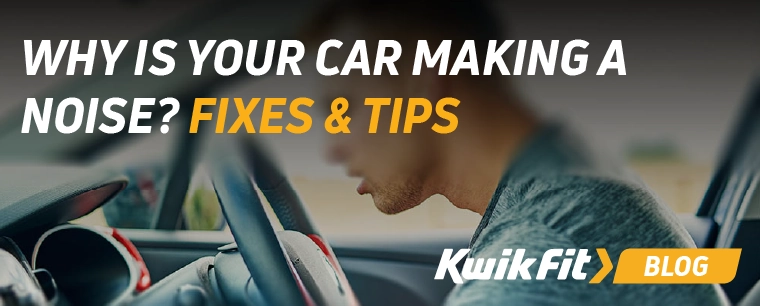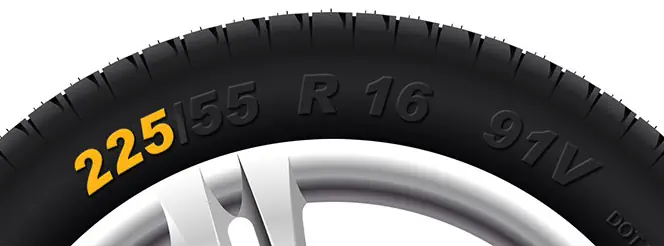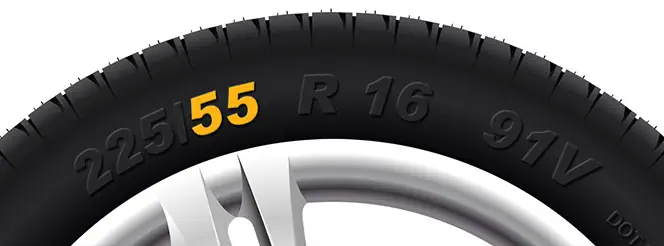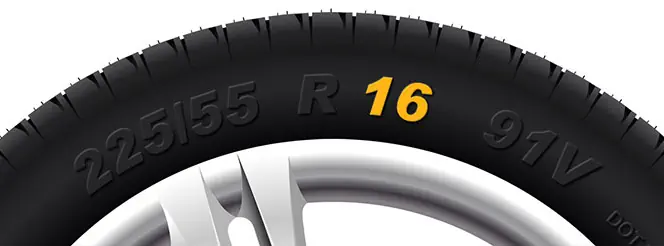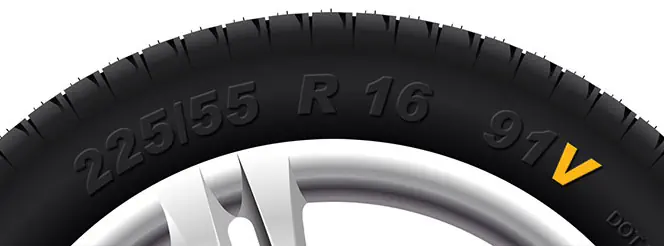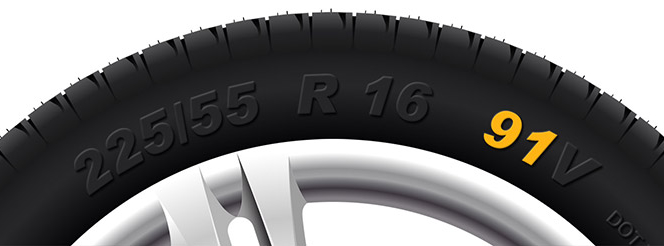Everything You Need to Know Before Your Next Car Service
Jack Dreyer | Thursday 25th April 2024 9:00am
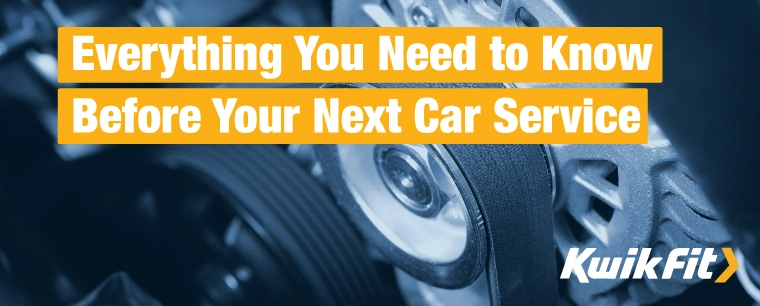
Taking your car for a service can be a tense undertaking, especially for new drivers or those with older cars. While regular services are vitally important if you want to ensure that your car is safe to drive and is performing as efficiently as possible, they can also be costly if you find your vehicle is in need of a lot of work. On top of this, unless you happen to be relatively knowledgeable about cars, you may not know which types of maintenance work and repairs require specialist skills and understanding and which jobs you could safely learn to do yourself.
Fortunately, there are ways to mitigate the potentially high costs involved when taking your car for its services, and by taking certain steps ahead of time, you may be able to reduce the costs associated with keeping your car in shape.
Schedule Regular Services
Regular services are not mandatory for vehicles. Unlike an MOT, which is a legal requirement and something that can be passed or failed, a service is merely recommended. For many drivers, the only time they will consider a service will be just before their MOT, and while a car cannot fail a service, it can be a costly endeavour if small problems have been left to worsen over a long period of time. Additionally, after your service you could choose to ignore all the advice given by your Kwik Fit service technician but this will almost certainly shorten the lifespan of the vehicle and maybe even put your safety, and others, at risk.
If you donít use your car very often or drive long distances, an annual check up may be all that is needed, but if you clock up the miles quickly, it might be worth getting your car serviced more regularly. Itís advisable to book a full service once a year or every 12,000 miles, whichever comes first. You might also benefit from booking interim services. We recommend having these checks, which help to keep your car roadworthy and safe between full services, every six months or 6,000 miles. Theyíre especially useful if you use your car for a lot of short journeys around town or if you have a high mileage and want added peace of mind that everything is in good working order between its annual checks.
Certain problems can be easily and quickly fixed if they are caught early enough. Leaving them to get worse could instead leave a massive dent in your finances and put you and other road users at risk in between services.
What do you need to bring when your car is serviced?
Before you set off to get your car serviced, there are a couple of things you should make sure are in the car. Firstly, be sure to take along the vehicle log book so the technician can stamp this once the service is complete. A stamp in your log book each time you have you vehicle serviced shows potential new owners that the car has been looked after and increases its resell value. The second thing you should bring, especially if having a full service, is your locking wheel nut key. This will allow the technician to remove your wheels and check the braking system thoroughly. You may not need the locking wheel nut key if your service only includes a visual brake check but it's a good idea to make sure it's in the glove box anyway in case you ever get a puncture and need to remove the tyre.
Learn some simple home maintenance
Learning some simple home fixes and maintenance techniques could allow you to do some of the more manageable tasks yourself and save you a significant amount of money in the process. This could prevent you from needing major, costly repairs further down the line.
You donít need to be a mechanical whizz to keep your car in decent shape. There are a number of things you can do to easily monitor and maintain your vehicle yourself.
Check oil levels regularly
Regularly checking your car's oil levels is essential for maintaining engine health and efficiency. Oil serves as a vital lubricant for the engineís moving parts, reducing friction and preventing premature wear. It also plays a role in cooling the engine by dispersing heat away from critical areas. Without enough oil, the engine can overheat, parts can wear down faster, and in severe cases, the engine could seize, leading to costly repairs.
Monitor screenwash and fluid levels
Monitoring screenwash and other fluid levels in your car is important for ensuring both functionality and safety. Screenwash keeps the windshield clear of dirt, grime, and bugs, improving visibility while driving. Additionally, other vital fluids like brake fluid, coolant, and power steering fluid play critical roles in the operation and safety of your vehicle.
Check your tyre pressure
Checking your tyre pressure regularly is crucial for maintaining optimal vehicle performance and safety. Properly inflated tyres ensure better contact with the road, leading to improved handling, braking, and fuel efficiency. Incorrect tyre pressure can cause uneven tyre wear, reducing the lifespan of the tyres and potentially leading to blowouts or accidents, especially at high speeds.
It is also wise to keep an eye on your tyres by checking them every couple of weeks to make sure they are still roadworthy. If your tyres are dangerously worn or have a tread depth below the legally required limit of 1.6mm, youíll need to change them as soon as possible. If you leave them, you risk a fine of £2,500 and three penalty points on your licence for each tyre that falls below this standard.
Changing air filters
Regularly changing air filters in your car is essential for maintaining engine performance and efficiency. Air filters prevent dirt, dust, and other airborne particles from entering the engine and causing damage. A clean air filter ensures optimal air flow to the engine, which is crucial for the combustion process that powers the vehicle. When air filters become clogged or dirty, the engine has to work harder, which can decrease fuel efficiency and power output. Regular replacement of air filters helps ensure your engine runs smoothly, optimises fuel consumption, and prolong the life of your engine by reducing wear and tear.
Talk to the experts
Whenever you take your vehicle in for a service, be sure to let the technicians who will do the checks know what you expect. Most service centres offer a variety of service packages and itís important that you make it clear what sort of checks you are looking for. This will help ensure you know exactly how much the service will cost and what tests will be carried out.
Another key thing to note; when leaving your car with any service centre ensure the technicians are aware if you would like to be consulted before any repair work is carried out.
Compare service providers
When it comes to servicing, you should make sure you put your car in the most reliable and trustworthy hands. Even if you have used the same centre for years - even if it was used by your parents and their parents before them, it may be worth doing a little research into how competent or trustworthy they currently are. Ask around to get some recommendations and do a little research online before committing to a particular place.
By using a reputable service provider like Kwik Fit, you can rest assured youíre getting value for money and a high standard of checks and repairs. Our skilled service technicians use advanced diagnostic equipment and, if repairs are needed, they use parts that match the quality of the manufacturerís originals. Whatís more, all our service components and any other mechanical parts required, including starter motors and alternators, are guaranteed for 12 months or 12,000 miles, whichever comes sooner.
By taking the time to learn more about your car and the professionals you entrust it to, you are likely to find you spend far less on repairs and servicing and that your car stays in better condition and performs more reliably and effectively. A combination of regular servicing, free vehicle health and safety checks, and tyre care should add to the longevity of your vehicleís life.
Make sure to keep up to date with the latest motoring advice and trends on the Kwik Fit blog.
Any facts, figures and prices shown in our blog articles are correct at time of publication.
Featured Articles
Is it Illegal to Drive With One Headlight?
Saturday 19th July 2025
Wondering if itís illegal to drive with one headlight? Learn about the safety risks and penalties of illegal blown bulbs and why you should fix them promptly.
Air Con in EVs & Hybrids: Experts Answer Your Questions
Monday 30th June 2025
Does air con drain EV batteries? Can you use the air con while charging an electric car? Find out the answers to these questions & more from Kwik Fitís experts.
Why Is Your Car Making a Noise? Fixes & Tips
Friday 13th June 2025
When your car starts making unexpected noises, it can certainly be quite disconcerting; it may be nothing to worry about, but hereís what you need to know.




